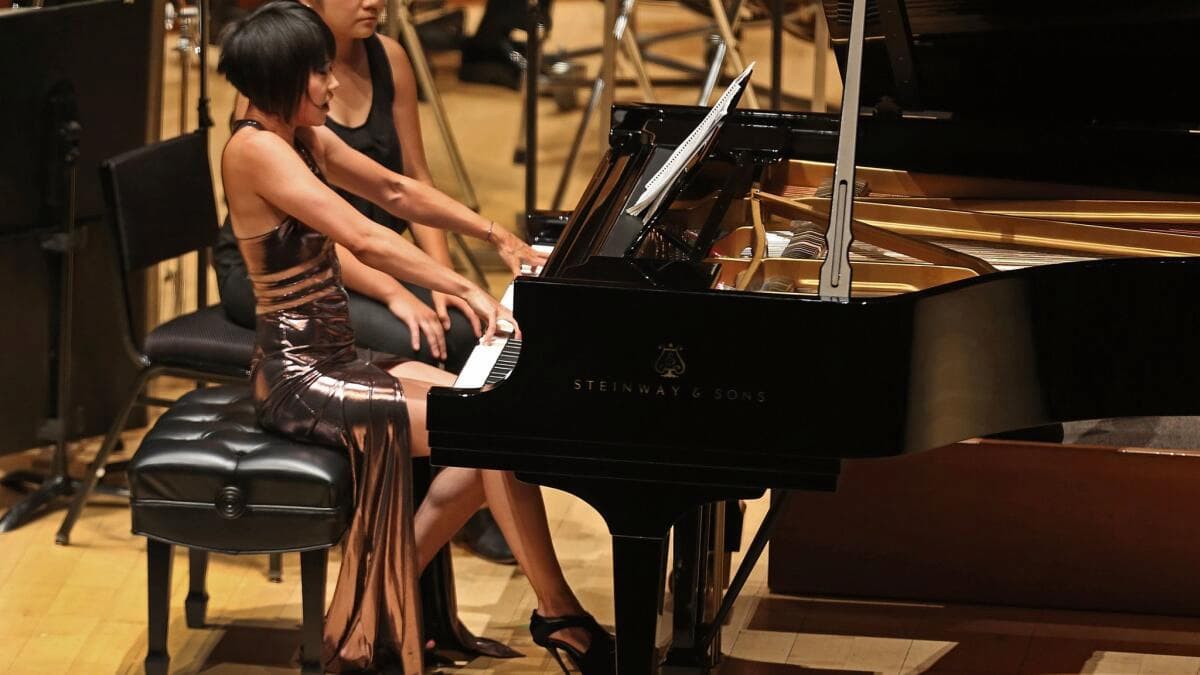By Maureen Buja, Interlude

Yuja Wang
In her recent recording The Vienna Recital, pianist Yuja Wang turns the original idea of a recital on its head. She does what you expect, with a bit of Beethoven to cover the Classical period, a bit of Brahms for the Romantic period, and a bit of Scriabin for the 20th century but then there’s music by Albéniz, Glass, Scriabin, and Kapustin for some jazz preludes. Delicacy of touch and contrast in styles seem to be the driving force for the assemblage of pieces here and there are some brilliant choices. The juxtaposition of Arturo Márquez’s Danzón No. 2, one of the best-known modern Mexican orchestral pieces, here transcribed for solo piano, with one of Brahms’ Intermezzi, op. 117, seems to move Brahms into the same space where you were just dancing to Márquez’s music.
The selection of the music takes you over a range of centuries – from Gluck to the modern day – and presenting the works in a non-chronological order makes you rethink the details of the works, from harmony to rhythm.
It’s difficult to pick one track that shows how wonderful this album is, but we’ll go with one of the Ligeti Études. Number 13 from Book 2, The Devil’s Staircase, is a toccata of unending movement.
György Ligeti: Book 2, No. 13 – L’escalier du diable
Chinese pianist Yuja Wang (b. 1987) started her studies at age 7 at the Central Conservatory of Music in Beijing before entering the Curtis Institute in Philadelphia at age 15. Even before her graduation in 2008, she had come to the world’s attention when she replaced Martha Argerich in a series of concerts with the Boston Symphony Orchestra in 2007. Her performing triumphs continued, today making her one of the leading pianists in the world.
If your idea of a recital is something to be endured with a few gems as a reward, then this recording will change your mind completely – it’s both constantly challenging to the pianist and constantly rewarding to the listener.

YuJa Wang: The Vienna Recital
Deutsche Grammophon 00028948645671
Official Website
For more of the best in classical music, sign up for our E-Newsletter
.jpg)